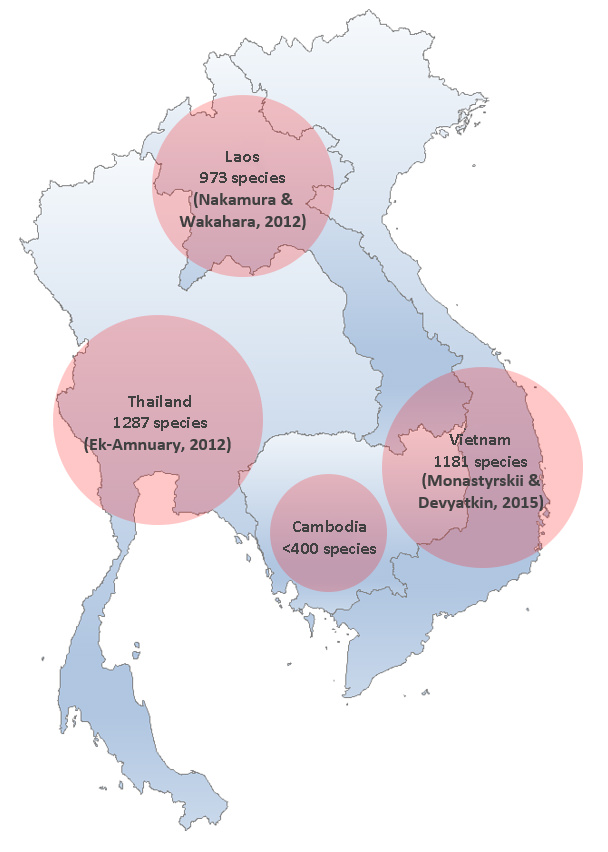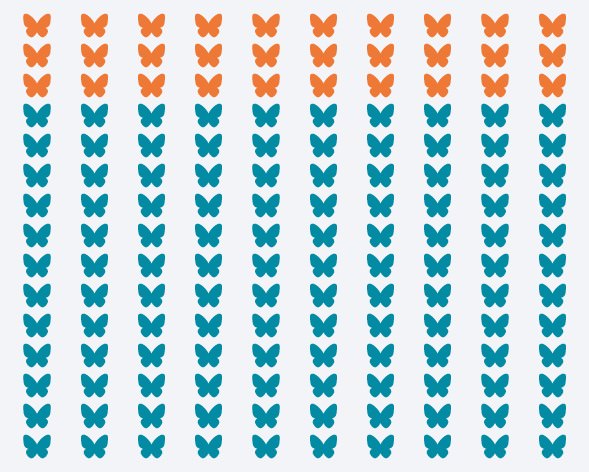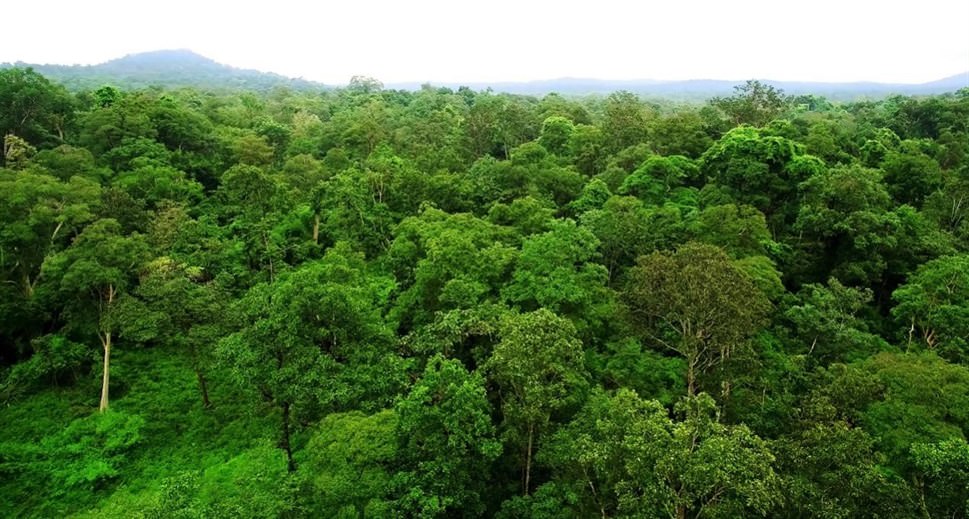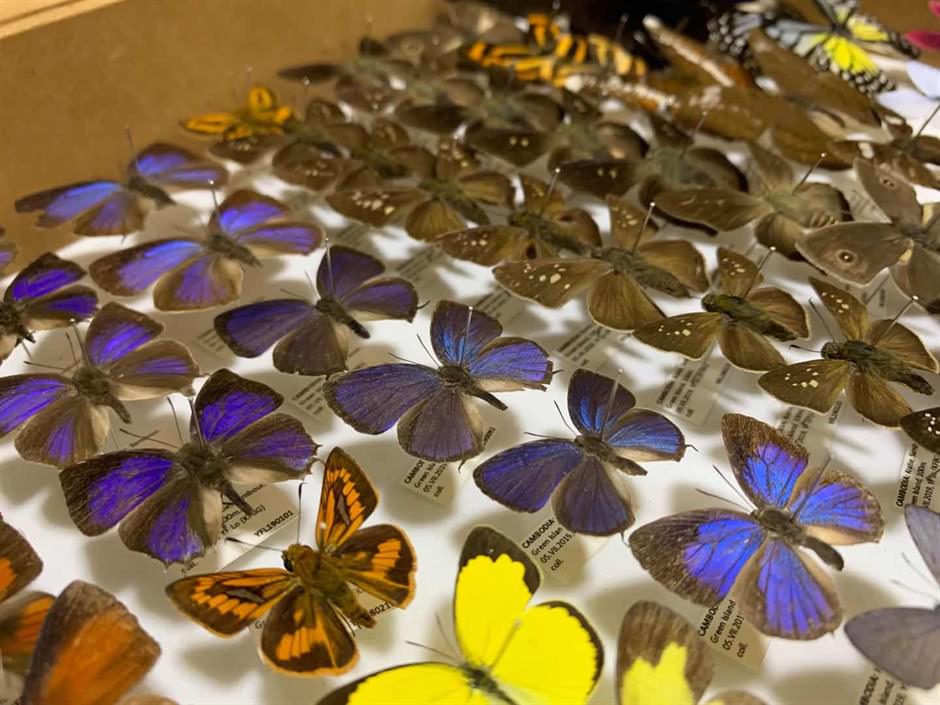Wild Cambodia Diaries 4
Butterflies
While there is no lack of scientific papers and checklists of birds and mammals of Cambodia, the same can’t be said for butterflies. Gathering information about these delicate invertebrates in this biodiverse realm, we found that data is scanty under the colonial rule of France and specimens collected then are now scattered across natural history museums in Europe. Fast forward to the present, Russian and Japanese scientific expeditions only covered the Cardamom Mountains to the west, and we can only rely on travel blogs by wildlife enthusiasts for butterfly records in other regions. When we put together these bits and pieces of information, we only drew up a narrow list of less than 400 butterflies – far fewer than the neighbouring countries.

Butterfly species of Indochina
Although the butterfly diversity at our dry-forest-dominated project site in the Eastern Plains should be lower than the mist-enshrouded mountains on the other side of the country, we have already recorded more than 150 butterfly species, including up to 30 new records for Cambodia. This indicates that more discoveries await scientists.

Each icon represents a butterfly species recorded by KCC at our Cambodia project site, orange icons signify new records for the country
Deciduous dipterocarp forest
.jpg)
This major habitat of our project site is characterised with an open canopy combined with a grassy understorey. It is a haven for large mammals and birds, but butterfly diversity is not as rich since plant diversity is relatively low. Many are species commonly seen in open habitats in south China and south-east Asia, such as members of the genus Ypthima and Junonia.

Acraea terpsicore
It used to be found only in India, but now its range has expanded to northern Australia.

Caprona alida
We are surprised that this common butterfly in Hainan is a new record to Cambodia.


Orsotriaena medus
This species has distinct wet and dry season morphs. The second photo shows its muted patterns during the arid months.

Junonia orithya
This basking butterfly is a common sight in south China.
Semi-evergreen Forest

These verdant jungles are richer in both plant and butterfly species. Most of our butterfly records are made here. The butterfly species composition is similar to lowland forests of Hainan and Yunnan, but also houses some tropical species.

Cepora iudith
This individual is slurping up moisture from the soil.

Tanaecia julii
This species rests with its wings spread out flat.

Hypolycaena erylus
The little tails and eye spots on the tip of its hind wings act as a decoy to fool predators into thinking that the butterfly’s rear end is the head with the antennae and eyes to avoid fatal attacks.

Charaxes bernardus
Some butterflies’ tastes run to stronger stuff than nectar. Some like feasting on mammal faeces.

Charaxes solon
Many butterflies have a penchant for the sweet taste of sap dripping from trees.
Butterfly larvae survey
While looking for the airborne adults, we also keep an eye out for the caterpillars and study their host plants.

Arhopala centaurus
Many members of the butterfly family Lycaenidae have an unusual association with ants. Some offer nectar to ants in exchange for their bodyguard service.

Hypolycaena erylus
But the swarm of ants also give away the butterfly’s whereabouts.

Cheritra freja
This caterpillar might look like an alien straight from a science fiction flick, but the spikes on its back are harmless.

Bibasis oedipodea
For species with cryptic adult stages, it is often more efficient to survey its larvae.

Once we complete our biodiversity surveys, we will analyse our data and publish reports in hopes of helping this country understand, treasure and conserve its biodiversity.
Author: Philip Lo (Senior Conservation Officer, Kadoorie Conservation China Department)
English Translation: Joyee Chan (Project Officer, Kadoorie Conservation China Department)

